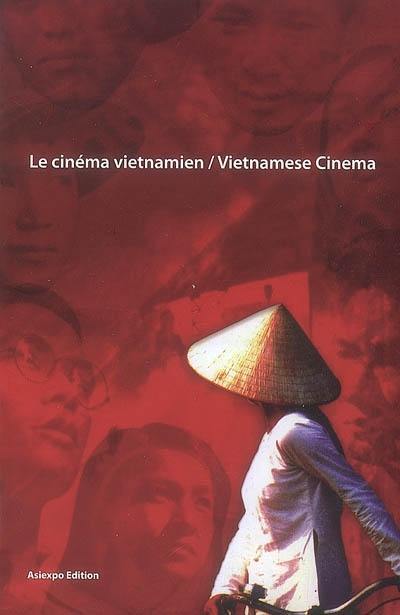
Fiche technique
Format : Broché
Poids : 344 g
Dimensions : 14cm X 22cm
ISBN : 978-2-9528018-1-2
EAN : 9782952801812
Vietnamese cinema
Quatrième de couverture
Le cinéma vietnamien
Dire « cinéma vietnamien », c'est le plus souvent penser à Tran Anh Hung ou à Tony Bui. Mais A la verticale de l'été est un film français et Trois saisons un film américain.
Le cinéma vietnamien reste un cinéma mal connu. Un petit nombre de festivals, de rares distributeurs ont pu offrir quelques oeuvres au public de quelques pays du monde, la grande masse des films vietnamiens est restée au pays.
Né dans la guerre, ce cinéma sans moyens marqué par le réalisme socialiste s'est construit dans un rapport étroit avec l'identité nationale. Mais sur les derniers vingt ans deux faits sont venus troubler la production cinématographique : l'« ouverture » de 1986 et le retour au pays de cinéastes d'origine vietnamienne.
Les oeuvres de Viet Linh, de Dang Nhat Minh ou de Tran Anh Hung ont acquis la reconnaissance qu'elles méritent, mais cette notoriété ne doit masquer ni la gravité des oeuvres traditionnelles ni la vivacité des films de la modernité. Profond ou superficiel, ces cinémas-là - celui de l'héritage, celui de l'avenir - ne circulent pas.
Il revient à cet ouvrage d'en rendre compte. Ce recueil d'articles croise des éclairages variés pour sortir de l'ombre ce cinéma vietnamien et en faire connaître la richesse.
Vietnamese Cinema
When one mentions « Vietnamese cinema » it is usually with Tran Anh Hung ou Tony Bui in mind. But At the Height of Summer is a French film and Three Seasons an American one.
Vietnamese cinema remains largely unknown. Only a small number of festivals and rare distributors have been able to offer a few films to audiences in a few countries around the world, the bulk of Vietnamese cinema has stayed in its homeland.
This cinema, lacking resources and marked by socialist realism, came into existence during wartime and established itself in close connection with the national identity. But over the last twenty years two events have had a disrupting effect on cinematic production : The Vietnam's « opening » in 1986 and the return of filmmakers of Vietnamese origin to the country.
The work of Viet Linh and that of Dang Nhat Minh or Tran Anh Hung have won the recognition they deserve, but this notoriety must not hide either the solemnity of traditional films or the vitality of the more modernist ones. Profound or superficial, these films - of heritage and of the future - are not distributed.
This work aims to cast some light upon the subject. The following collection of articles assembles varying perspectives as an introduction to Vietnamese cinema and with the intention of bringing it out of the shadows.





